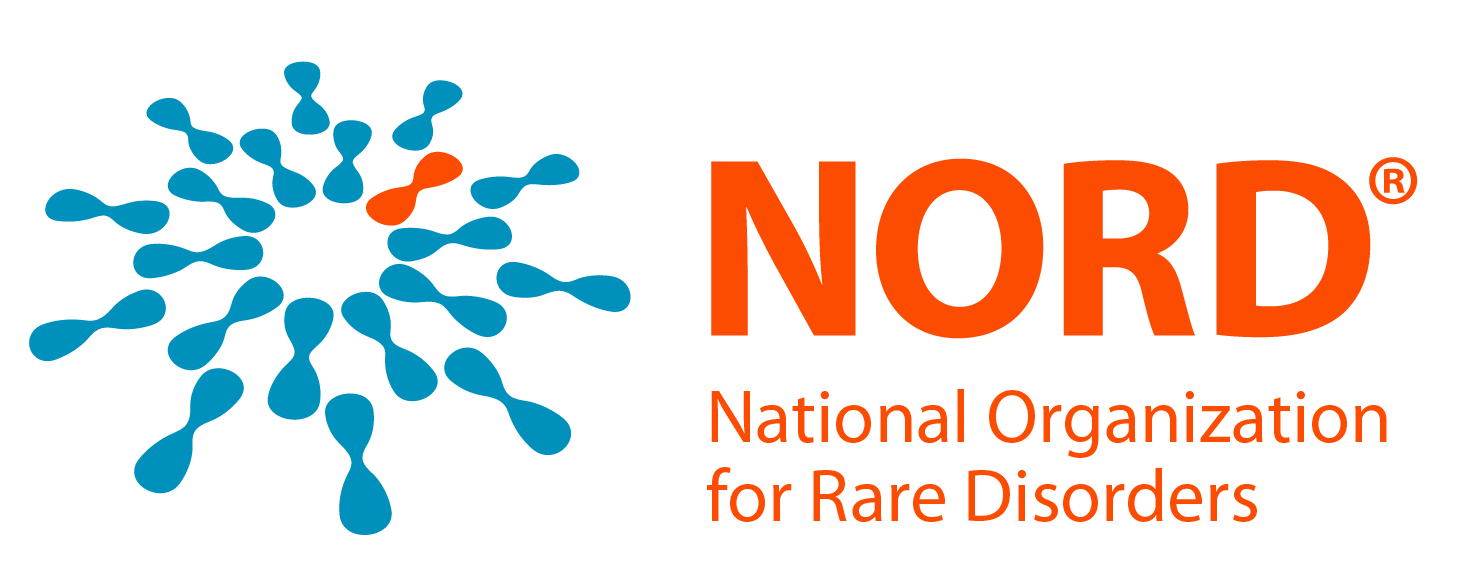The animated videos in NORD’s Rare Disease Video Library provide brief introductions to rare disease topics for patients, caregivers, students, professionals and the public. NORD collaborates with medical experts, patient organizations, videographers and Osmosis to develop the videos, which are made possible by individual donations, educational grants and corporate sponsorships. NORD is solely responsible for the content.
Mastocytosis is a rare disorder characterized by abnormal accumulation and activation of mast cells in the skin, bone marrow and internal organs (liver, spleen, gastrointestinal tract and lymph nodes). Mastocytosis can affect both children and adults. Mastocytosis can be classified to a specific type depending on the patient’s symptoms and overall presentation. Cases beginning during adulthood tend to be chronic and involve the bone marrow in addition to the skin, whereas, during childhood, the condition is often marked by skin manifestations with no internal organ involvement and can often resolve during puberty. In adult patients, mastocytosis tends to be persistent, and may progress into a more advanced category in a minority of patients.
Classification
Mastocytosis is a rare condition that affects the mast cells in the body. These cells are part of the immune system and help fight infections, but in mastocytosis, they accumulate abnormally and release chemicals like histamine, leading to various symptoms. The disease can range from mild to severe, depending on how much of the body is affected. There are two main types of mastocytosis:
SM can further be divided into non-advanced forms (like indolent SM) and advanced forms (like aggressive SM or mast cell leukemia).
Cutaneous mastocytosis
The skin is the only site of involvement in cutaneous mastocytosis. Urticaria pigmentosa (also known as maculopapular cutaneous mastocytosis) lesions are small, brownish, flat or elevated spots that may be surrounded by reddened, itchy skin when scratched (Darier’s sign). These lesions tend to be more apparent on areas of skin exposed to pressure or rubbing in adult patients. When skin lesions begin during childhood, the skin tends to be the only affected organ. Blistering of skin lesions is seen exclusively in children younger than four years of age.
Based on clinical appearance, prognosis, and disease course, cutaneous mastocytosis can be further categorized into the following: maculopapular cutaneous mastocytosis (MCPM), mastocytoma and diffuse cutaneous mastocytosis. Maculopapular cutaneous mastocytosis and mastocytoma are the most common forms, compared to diffuse cutaneous mastocytosis which is rarer. CM is most often diagnosed within the neonatal period. MCPM lesions may occur on scalp, neck, trunk and extremities. A mastocytoma is a single lesion, or up to 3 individual lesions, that is usually found early in life and resolves spontaneously with age. Diffuse cutaneous mastocytosis (DCM) is seen in children and is the most severe form of cutaneous mastocytosis. The skin is diffusely thickened and has a rough texture, generally without individual distinct lesions. Additional symptoms associated with DCM include itching, blistering, decreased blood pressure (hypotension), diarrhea, gastrointestinal bleeding, reddening of the skin (flushing) and anaphylactic shock.
Indolent systemic mastocytosis
Systemic mastocytosis is the main form of mastocytosis observed in adults whereas it is rarer in children. Systemic disease is defined by pathologic accumulation of mast cells in a tissue other than skin (most commonly bone marrow). Indolent systemic mastocytosis is generally associated with low mast cell burden and presence of mediator-related symptoms. Most patients also have maculopapular skin lesions. Some patients may present with an enlarged liver or spleen and the gastrointestinal tract may also be affected. Life expectancy in ISM is comparable to the general population with low risk of progression (approximately 3-5%) to a more advanced form.
Systemic smoldering mastocytosis
This variant of systemic mastocytosis is characterized by high mast cell burden as evidenced by high level of tryptase (>200 ng/ml) and high degree of bone marrow involvement with mast cells (>30% in biopsy tissue), splenomegaly or hepatomegaly with or without mild abnormalities in production of other blood cells, without an overt hematologic disorder. Patients with SSM may have a higher likelihood of progressing to an advanced disease category below.
The following categories are also known as advanced mastocytosis:
Systemic mastocytosis with an associated hematologic neoplasm
Systemic mastocytosis with an associated hematologic neoplasm affects approximately one-fifth of all patients with systemic mastocytosis. Myeloproliferative and myelodysplastic disorders are the most common diseases associated with this form and patients may lack urticaria pigmentosa-like skin lesions.
Aggressive systemic mastocytosis
In aggressive systemic mastocytosis, there is an impairment or loss of organ function (usually liver, gut, bone or bone marrow) due to mast cell infiltrates. Examples of organ dysfunction include low numbers of white bloods cells, anemia, low platelets, liver dysfunction, malabsorption and pathologic bone fractures associated with large osteolytic bone lesions.
Mast cell leukemia
Mast cell leukemia is an aggressive hematological malignancy characterized by presence of circulating mast cells greater than 10%, or immature mast cells in bone marrow aspirates greater than 20%. This subtype is very rare; however, it is associated with the worst prognosis among all mastocytosis varieties.
Mast cell sarcoma
A mast cell sarcoma is a solid tumor composed of abnormal mast cells invading the tissue. This condition is very rare and often is not associated with additional skin involvement. More aggressive forms of mastocytosis, mast cell leukemias and mast cell sarcomas are very rarely encountered.
